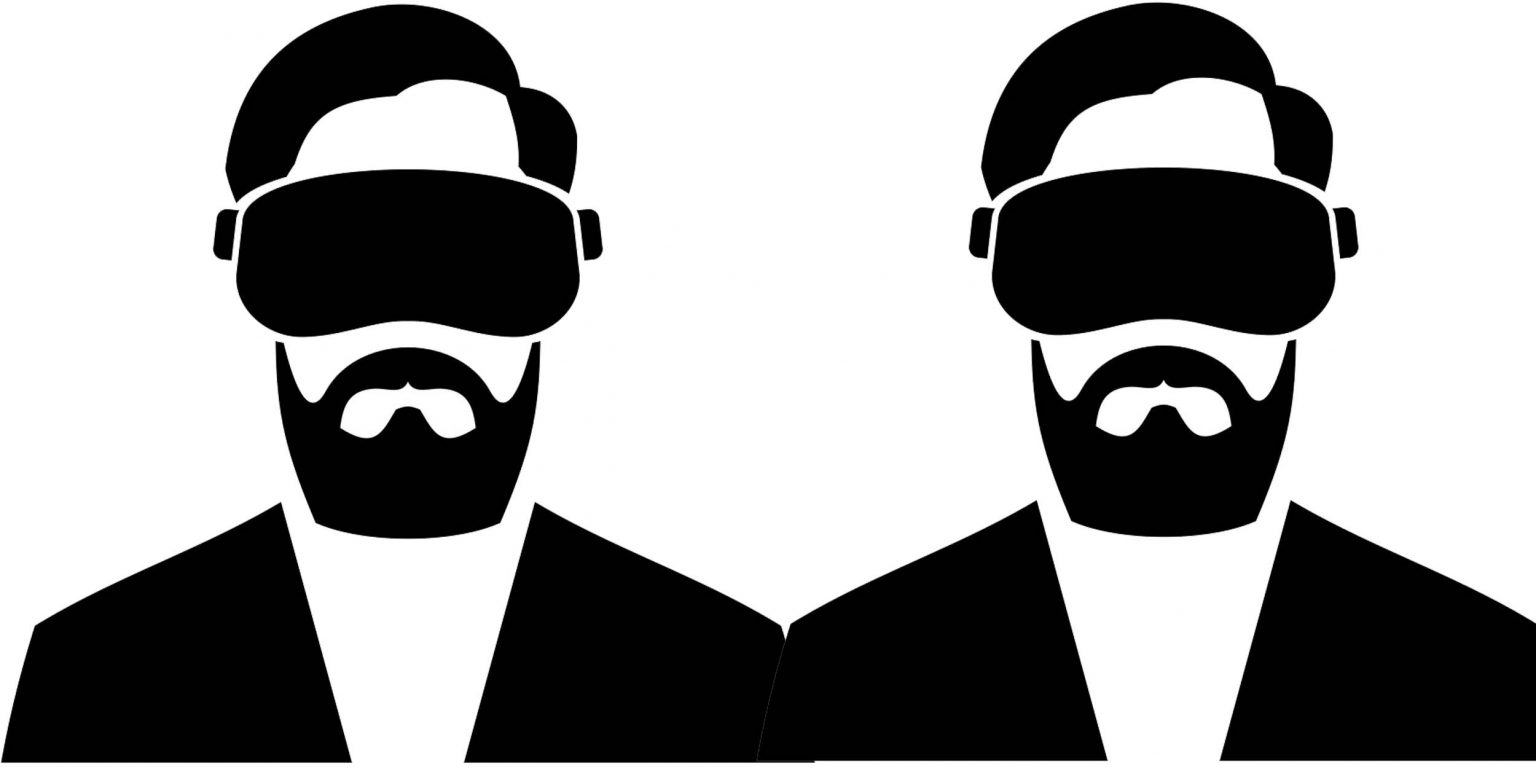
Virtual Reality
There are several advantages of using VR. It’s cutting-edge. People find it compelling. And it’s getting cheaper.
The main use case of the VR learning approach is teaching people a complex physical skill that would otherwise be expensive or dangerous to practice. It’s especially appropriate in environments with complex visuals and physical interaction – think flight simulations and surgery.
VR works best when you can incorporate rich feedback for the learner, through either the VR program itself or a debrief with an expert. Then the learner can practice using the VR program again. You can also use VR to create an exciting initial experience, which future non-VR training can build upon.
VR is probably not appropriate for learning concepts and basic information. VR tends to lead to longer, less frequent training sessions (the opposite of micro-learning). Your employees can’t strap on a VR headset on the subway during their commute, but they could spend 5-10 minutes on their phones. There’s also some research that suggests low-tech approaches can be equally or more effective at teaching concepts and imparting basic information.
It’s not always cost-effective, either. Flying planes is expensive; performing surgery is rare. So in these cases, VR is really helpful. But in many cases, it might be cheaper and more effective to have employees perform the actual skill in real life. Although there are likely off-the-shelf VR solutions for certain kinds of training, creating a custom VR program can be expensive.
